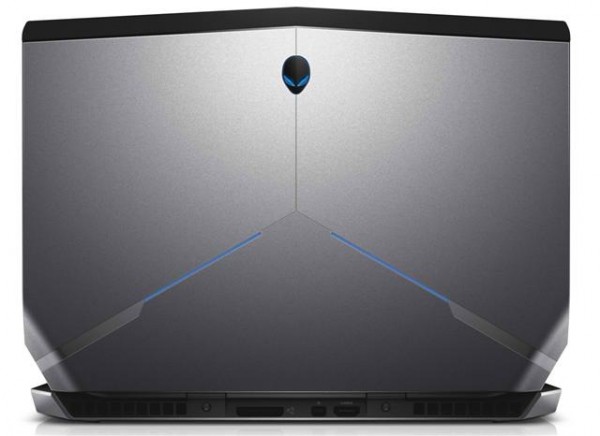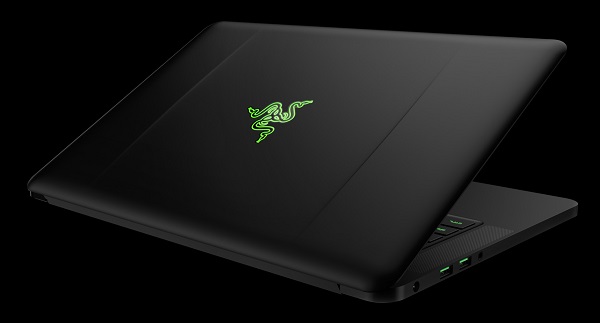
If HP is putting its money on Star Wars movies when designing gaming laptops, MSI prefers to stick to actual games, and the three newly launched Heroes of the Storm gaming laptops are proof of that.
It didn’t take long for the Heroes of the Storm video game, one of Blizzard Entertainment’s most recent creations, to get a considerable following. While the game itself doesn’t any any spectacular system requirements, that didn’t stop Taiwanese computer manufacturer MSI from releasing not one, but three incredibly-specced gaming laptops themed after Blizzard’s game. All three of them were unveiled at Singapore’s GamesStart convention.
I should start by saying that all three configurations are based on Intel processors and nVidia GPUs, so if you’re thinking that only AMD is capable of making the best CPUs or GPUs on the market, then maybe you should look for a different gaming notebook.
First of all, there is a skinned version of the GE62 Apache, a 15.6-inch gaming notebook powered by an Intel i7 6700HQ CPU and an NVIDIA GTX 960m, along with 8GB of RAM. This may be MSI’s entry level Heroes of the Storm gaming laptop, but it still costs $1,610, so it’s not exactly for gamers on a tight budget.
Next, there’s the MSI GT72 Dominator, which is an even more powerful beast. This one sports an Intel i7 6820HK CPU, along with a GTX980m GPU, 16GB of RAM, a 256GB SSD, and a 1TB combo drive. Unlike the GE62, which only has a wraparound skin of the game, the GT72 also features a laser engraved mural of the game on the back. As expected, this is also very expensive (maybe unjustifiably so?), and gamers wanting it will have to fork $3,230.
Not at last, there is the most futuristic-looking and future-proof laptop in MSI’s portfolio, the GT80. This flagship doesn’t only take the IPS display of the previous models to a whole different level, with its 18.4-inch screen, but it also packs a mechanical keyboard (which, if I’m not mistaken, is a feature available exclusively on this laptop), as well as two NVIDIA GTX 980m GPUs. It may be based on the same CPU as the GT72, but it includes 32GB of DDR4 RAM, and an even larger laser cut engraving on the back. MSI didn’t forget about decorating the inside of this laptop, so it placed a special skin just above the mechanical keyboard.
Now, claiming that any of these laptops would be complete overkill for the Heroes of the Storm video game would be a major understatement (yes, even the GE62 can run it at maxed out settings), but that’s not the point. Blizzard has other, more demanding games in its portfolio, and Heroes of the Storm can still be enjoyed on the side.
If you still haven’t played the Heroes of the Storm game, head over to Amazon and buy it. This might prove the best $15 you’ll ever spend on a game, considering it features characters from Diablo, Starcraft, and Warcraft.
Be social! Follow Walyou on Facebook and Twitter, and read more related stories about the MSI GS30 gaming dock, or the Alienware Graphics Amplifier.
[via cnet]



















